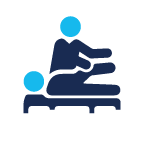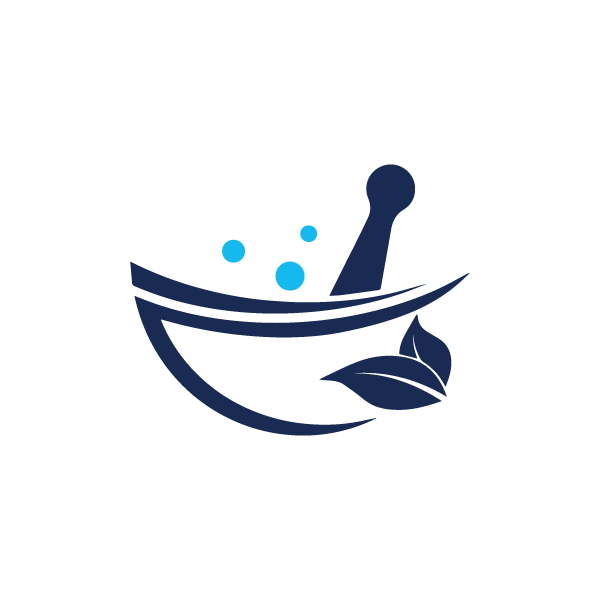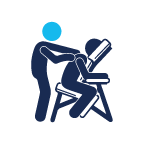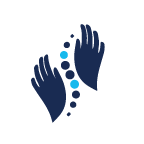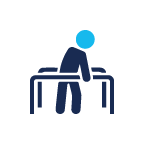Source: https://www.chiropratique.com/en/chiropractic.html
The word “chiropractic” comes from the Greek and means “done by hand”.
Chiropractic is based on the scientific fact that the nervous system controls all of the body’s cells, tissues, organs, and systems. Any disturbance in the nervous system will cause problems in the body’s health balance. The goal of chiropractic is to help the patient’s recovery and to maintain a healthy body by interacting with the nervous, muscular, and skeletal systems. The attention is focused on the diagnosis, the treatment and the prevention of illnesses and injuries.
The philosophy, art and science of chiropractic revolve around preserving homeostasis (balance) of the human body and its natural self-healing capacity. It doesn’t concentrate only on symptoms and pain, but also tries to identify and treat the cause of the problem.
Adjustment of the joints of the body has been used in the healing arts for many centuries and is at the heart of modern chiropractic care.
Chiropractors are specialists in manual adjustment of the vertebrae of the spine and other joints of the body. Adjustment helps relieve pain and restore normal functioning to the joints and supporting muscles and ligaments – so you can enjoy your everyday activities again as quickly as possible.
Your chiropractor will recommend a course of treatment specific to you that may also include mobilization of the joints, ultrasound, muscle release techniques, muscle stimulation and therapeutic exercises. Chiropractors are also trained to provide nutritional counselling, and recommend rehabilitation and injury prevention strategies.
Back health is important
The body’s information highway – your nervous system – is protected by the spine. The nervous system travels out between the vertebrae or joints of the spine to carry messages from the brain to every corner of your body. Stress and strain on the vertebrae can put pressure on the nerves in the affected area. That is why a problem with your spine can have far-reaching effects causing symptoms such as arm or leg pain.
When to consider chiropractic care
If aching joints and muscle pain are affecting your ability to get through the day and keeping you away from your favourite activities, consider chiropractic care. Work, accidents, sports injuries, household chores, even the stress of daily living can cause painful joint and back problems. Even if you do not have painful symptoms, chiropractic care can help you maintain healthy spine and joint function.
Here are some of the most common reasons why more than 4 million Canadians visit a chiropractor each year:
- Back pain
- Neck pain
- Headache
- Whiplash
- Strains and sprains from daily activities
- Repetitive strain injuries
- Work and sports-related injuries
- Arthritis
- Restricted movement in the back, shoulders, neck or limbs
Benefits of chiropractic care
Chiropractic treatment is skilled, hands-on health care that relieves pain and helps your body be its best. Here are some of the ways it can help you.
- Improved movement in your neck, shoulders, back and torso
- Better posture
- Relief from headaches, neck and back pain
- Prevention of work-related muscle and joint injuries
- Enhanced athletic performance
- Improved flexibility
- Relief of pregnancy-related back ache
- Correction of gait and foot problems




